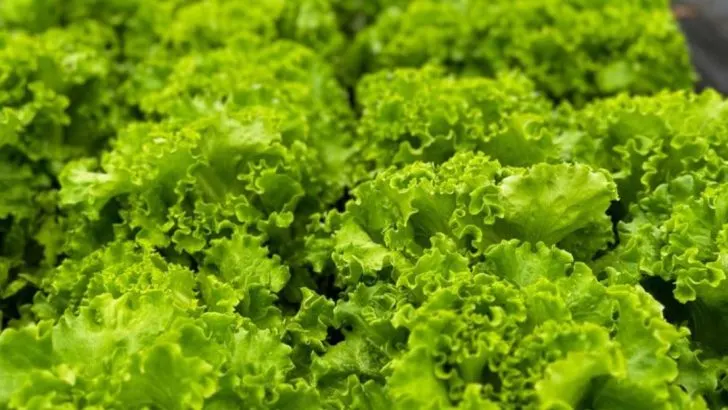Growing vegetables in partial shade can sometimes yield better-tasting crops, especially when the heat of full sun is too intense for certain varieties. Shade-loving vegetables tend to retain moisture better and often develop a sweeter, milder flavor because they’re not stressed by constant exposure to high temperatures. Whether you have a shaded backyard or simply want to make the most of the cool spots in your garden, these vegetables thrive with a bit of relief from the blazing sun.
From leafy greens to root vegetables and herbs, these 16 varieties will reward you with flavorful, tender produce even in less-than-ideal sun conditions. By planting them in partially shaded areas, you can extend your harvest season and enjoy vegetables that often taste better when they’re grown in slightly cooler, more temperate spots. If you’re looking for delicious results and a garden that stays productive without too much sun, these veggies are the perfect choice.
Lettuce
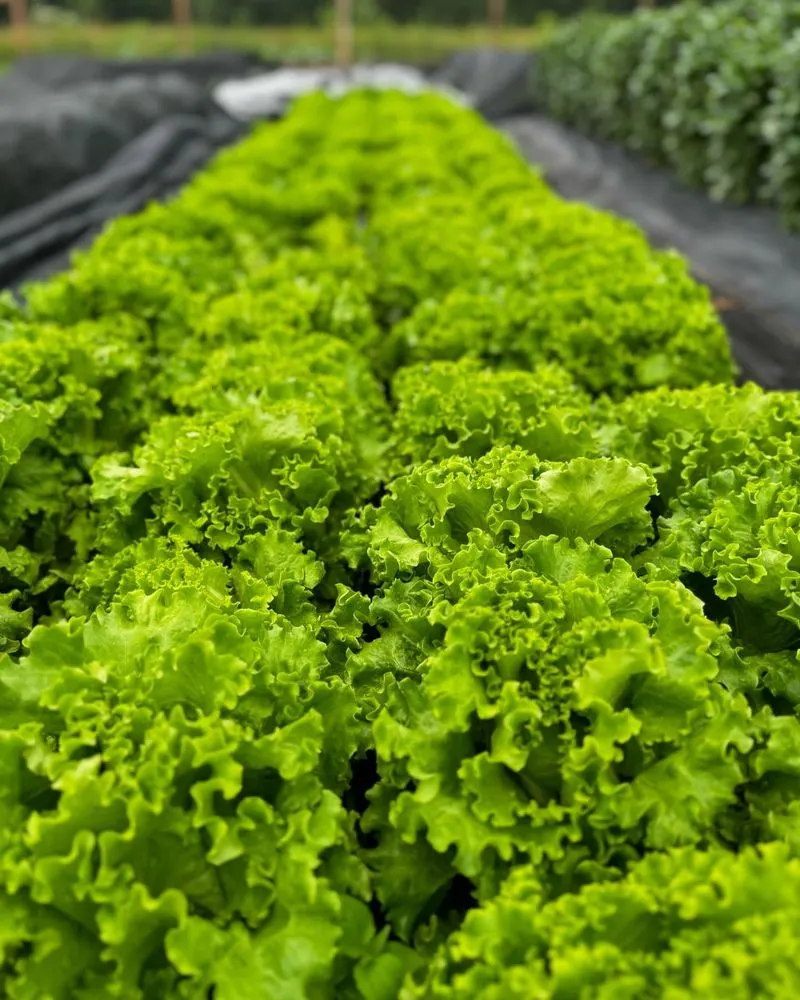
Crisp and refreshing, lettuce is a staple in many salads and sandwiches. Partial shade helps maintain its tender leaves and prevents bolting, which can make it bitter. Cooler conditions also enhance the sweetness, making each leaf a burst of flavor. Whether you’re growing romaine, butterhead, or leaf lettuce, sheltering it from intense heat can yield a more vibrant crop. Perfect for urban gardeners with limited sun, or those aiming for fresh greens even in warmer months. Plus, shade-grown lettuce often requires less water, a boon for resource-conscious gardeners.
Spinach
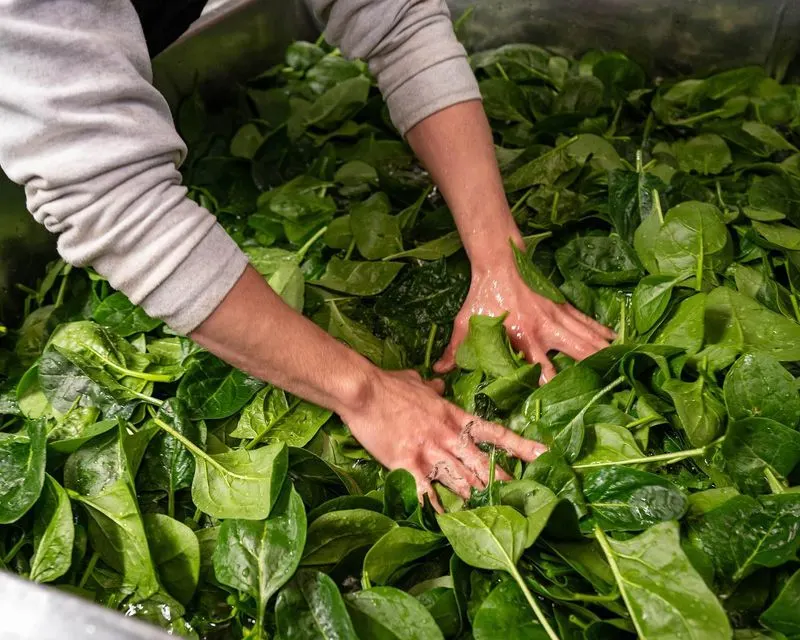
Spinach thrives in cooler settings, making partial shade ideal for its growth. This leafy green tends to bolt and become bitter when exposed to too much sun. Shielding it under the canopy of taller plants allows for a prolonged harvest period and consistent flavor. Spinach leaves grown in shade are tender and full of nutrients, perfect for smoothies and salads. Its versatility in cooking, from sautés to soups, makes it a kitchen favorite. For those seeking a reliable green throughout spring and fall, shaded spinach is a reliable choice.
Arugula
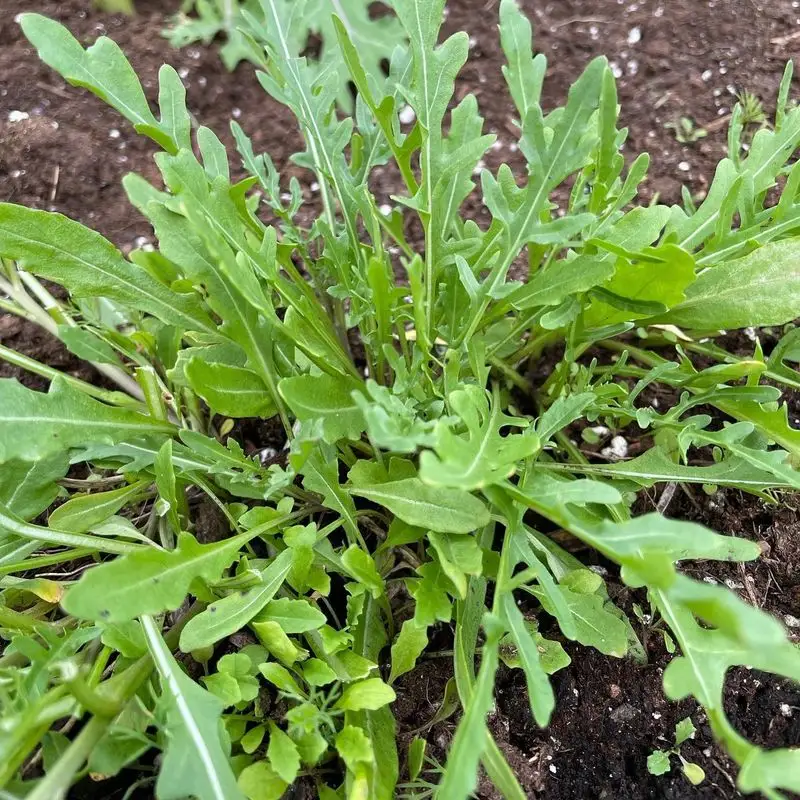
With its peppery bite, arugula adds zest to salads and pizzas. Growing it in partial shade softens its sharpness, offering a more balanced taste. This adjustment can make arugula more palatable, especially for those sensitive to spicy flavors. Partial shade also slows bolting, extending its growing season. When sheltered from harsh sun, arugula maintains its tender texture and rich green color. Ideal for gardeners who enjoy fresh, flavorful greens without the overpowering punch. It’s an excellent choice for shaded balconies or garden corners.
Kale
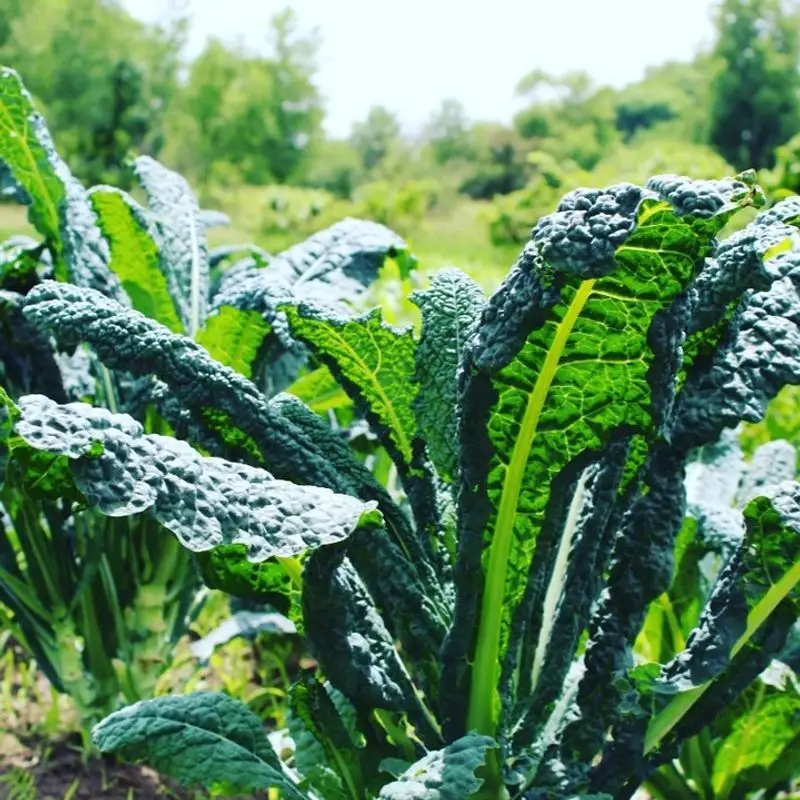
Kale, a superfood darling, benefits greatly from partial shade. The reduced sunlight prevents the leaves from turning tough and bitter, preserving their sweet, mild flavor. This makes kale a great option for smoothies and salads. Furthermore, shade-grown kale boasts a richer color and higher nutrient content. Its resilience makes it suitable for various climates, and the cooler environment can even deter pests. For those looking to keep their garden productive year-round, kale is a versatile and rewarding plant to grow in partial shade.
Cilantro
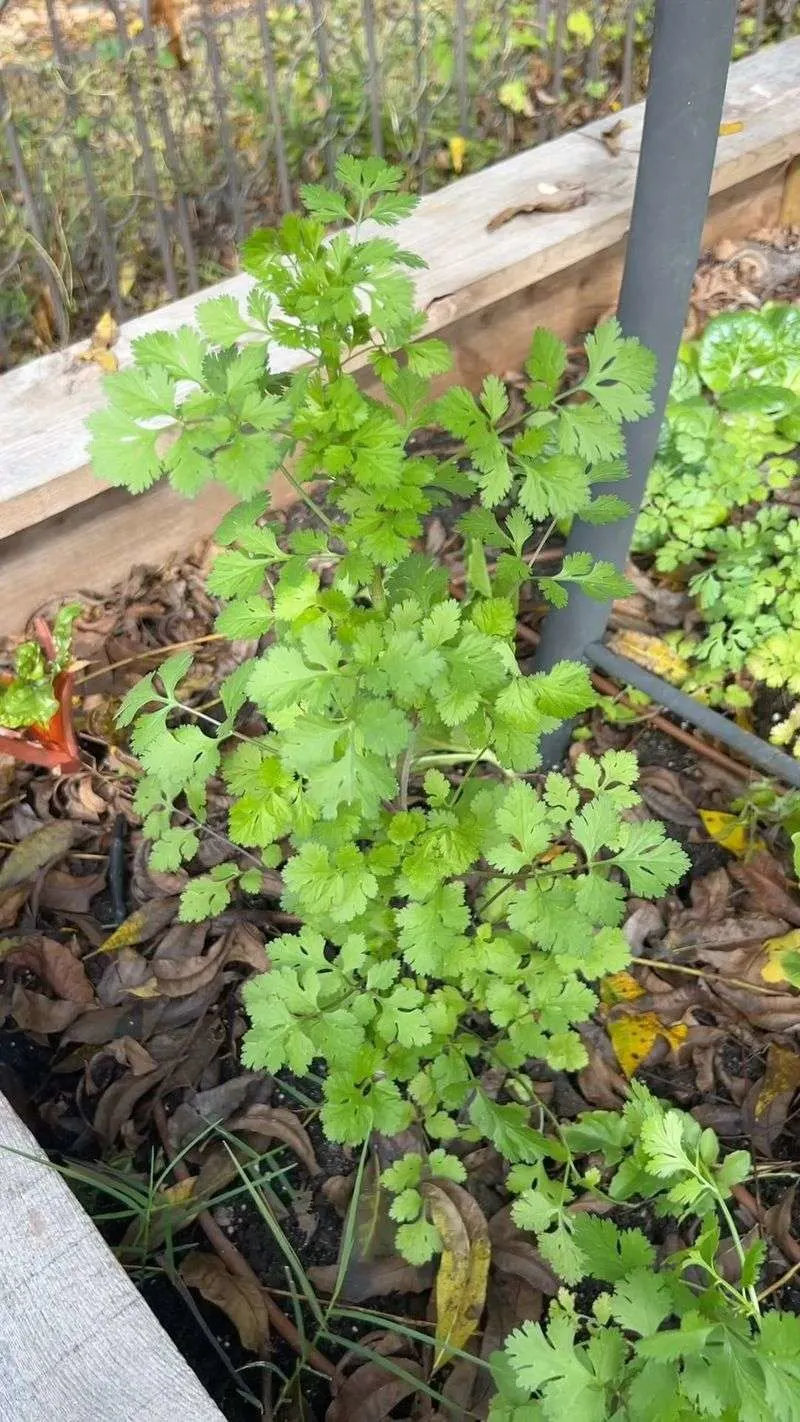
Cilantro is a love-it-or-hate-it herb, but growing it in shade can sway opinions. Partial shade prevents premature bolting and enhances its citrusy aroma, perfect for garnishing dishes. Cooler temperatures help cilantro retain its delicate flavor, making it ideal for salsas and curries. Those with small garden spaces can benefit from cilantro’s compact growth habit. Shaded cilantro also means less frequent watering, a plus for busy gardeners. Whether for culinary use or just the pleasure of its fragrance, cilantro thrives when given a break from full sun.
Beets
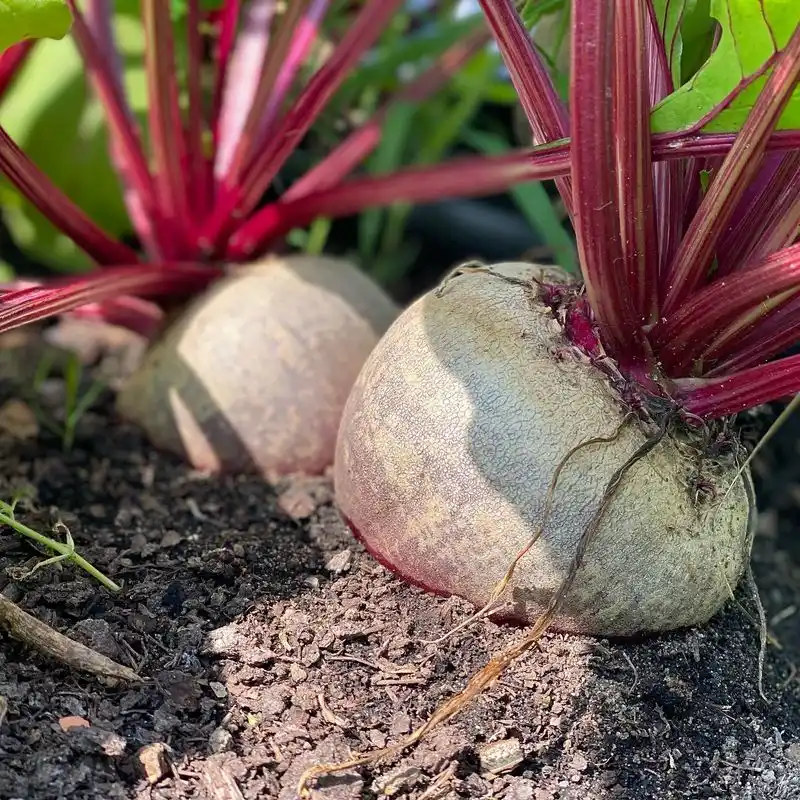
Beets are a two-for-one deal with their edible roots and greens. Partial shade encourages sweeter, more tender roots and lush, vibrant green tops. When shielded from harsh sunlight, beets develop a deeper color and more succulent texture. The cooler environment also slows down the growing process, which can enhance the flavor of the roots. Perfect for roasting or salads, beets grown in shade offer a culinary delight. This adaptable vegetable is a gardener’s favorite for its dual-purpose harvest and resilience in varied conditions.
Swiss Chard
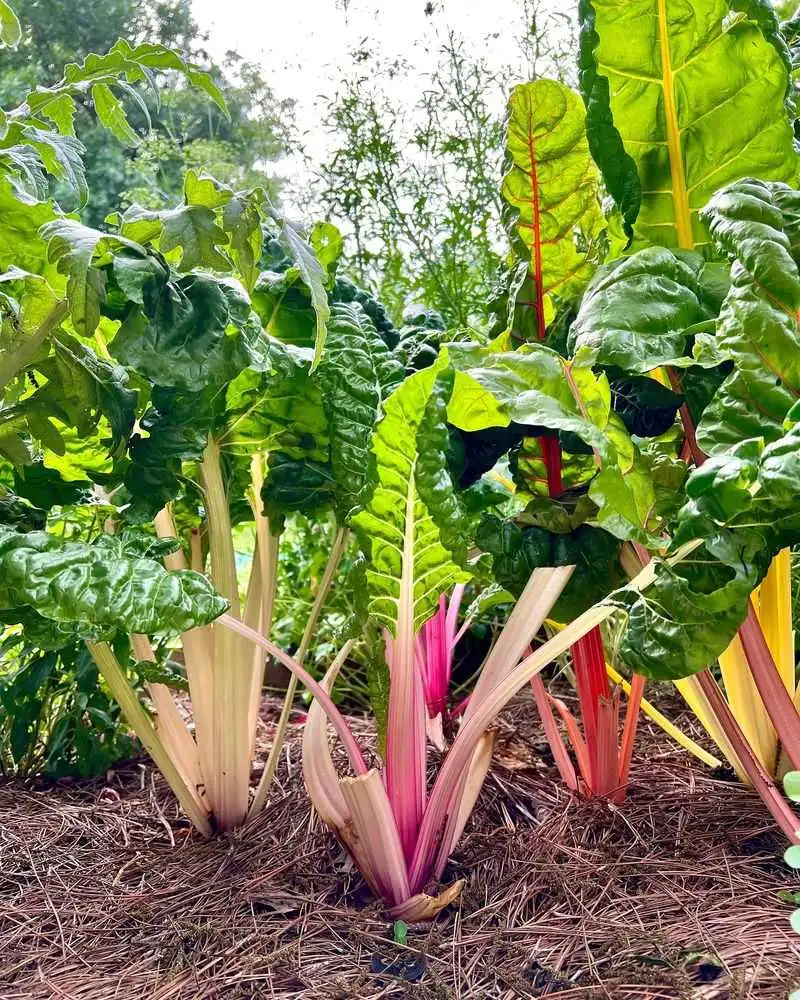
Swiss chard brings a splash of color to gardens with its vibrant stalks. Growing it in shade prevents wilting and enhances its mild, sweet flavor. The cooler conditions keep the leaves tender, ideal for fresh salads or sautéing. Swiss chard is known for its impressive nutrient profile, and shade-grown varieties often pack an even greater punch. Its ornamental appeal makes it a favorite for decorative vegetable patches as well. For those looking to combine beauty and utility, Swiss chard is a rewarding choice for shaded areas.
Broccoli
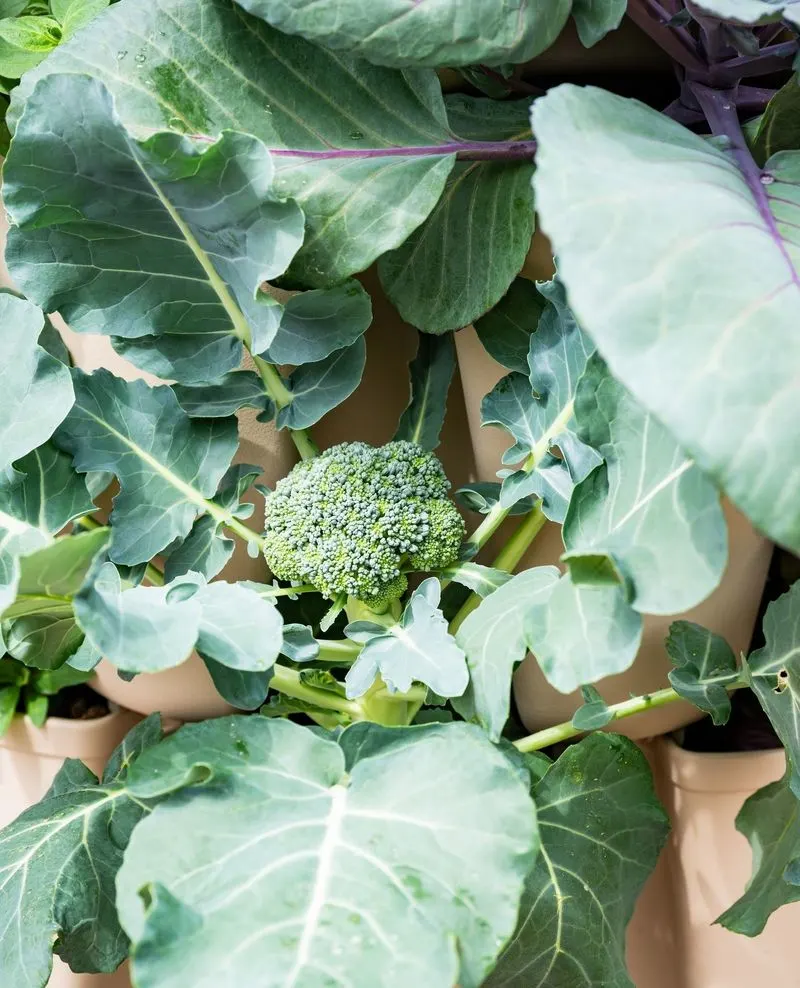
Broccoli appreciates cooler temperatures, making partial shade a boon for this brassica. It helps in producing tender florets that are rich in flavor. The reduced heat stress results in a prolonged growth period, allowing for a more abundant harvest. For gardeners battling hot climates, shade-grown broccoli ensures a steady supply of this nutritious vegetable. Its versatility in cooking—from steaming to stir-frying—makes it a kitchen staple. Plus, shaded broccoli often boasts a more vibrant color, adding a visual appeal to dishes.
Cabbage
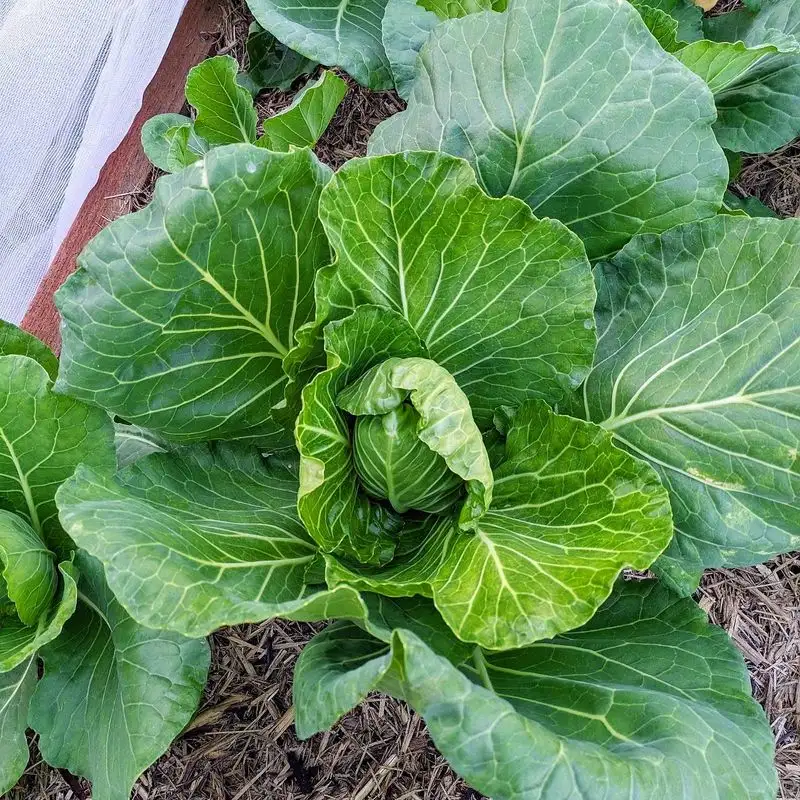
Cabbage is a classic vegetable that benefits from cooler temperatures. Partial shade slows its growth, resulting in tighter, sweeter heads. This method also helps reduce pest issues, as the shade creates a less favorable environment for bugs. For those with limited space, cabbage can be densely planted and still thrive. Its robust nature means it can be used in various dishes, from slaws to stews. The flavor and texture of shaded cabbage are often superior, making it a prized addition to any garden.
Peas
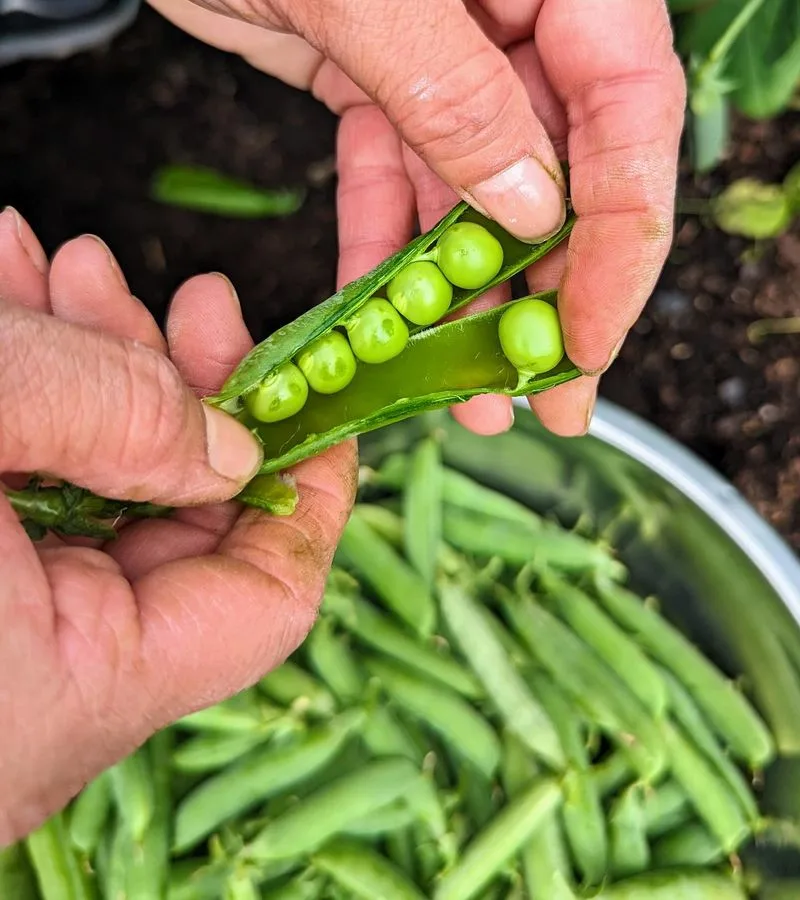
Peas love a bit of protection from the sun’s intense rays. Partial shade keeps the vines cool and prolongs the harvest of sweet pods. Perfect for trellising in shaded corners, peas add vertical interest to gardens. Their delicate flowers are a bonus, attracting pollinators even in shadier spots. Shaded peas tend to be sweeter and more tender, making them a treat right off the vine or cooked in meals. For gardeners seeking a low-maintenance, high-reward crop, peas grown in partial shade are a delightful choice.
Carrots
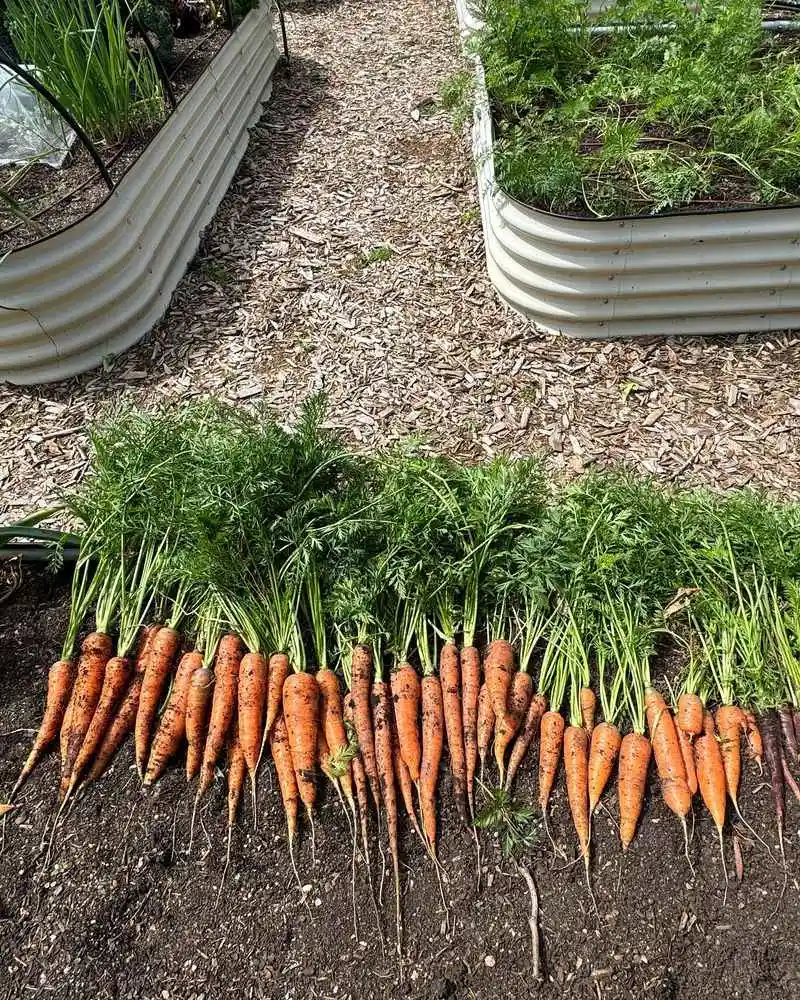
Carrots develop a sweeter flavor profile when grown in cooler, shaded environments. The reduced heat allows them to grow steadily, resulting in crisp, juicy roots. Carrots grown in partial shade often exhibit a more vibrant color, adding a visual element to dishes. They’re a versatile addition to gardens, fitting well among taller plants that offer natural shade. Perfect for raw snacks or cooked dishes, these sweet carrots are a favorite among gardeners. Their adaptability and flavorful yield make carrots a must-try in shaded areas.
Radishes
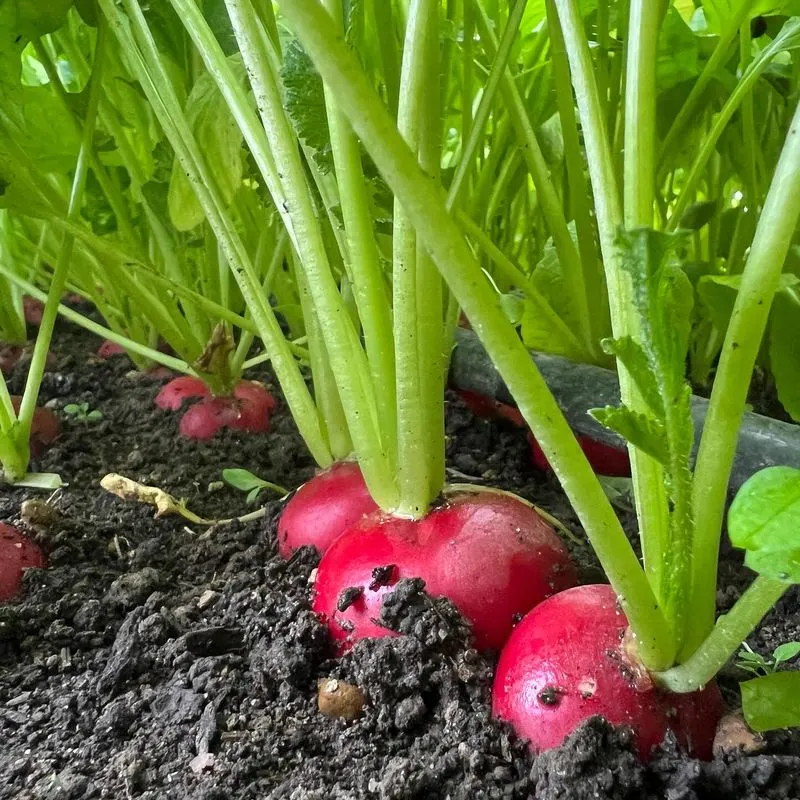
Radishes thrive in partial shade, where cooler temperatures enhance their crisp texture and spicy kick. Shade slows their growth slightly, preventing them from becoming pithy and ensuring a juicy bite with every harvest. Ideal for quick-growing crops, radishes fit well between other plants that provide natural shade. Their rapid growth cycle makes them a satisfying choice for impatient gardeners. The contrast of their bright red skin against green tops adds visual appeal. For a zesty addition to salads or garnishes, shaded radishes are unbeatable.
Cauliflower
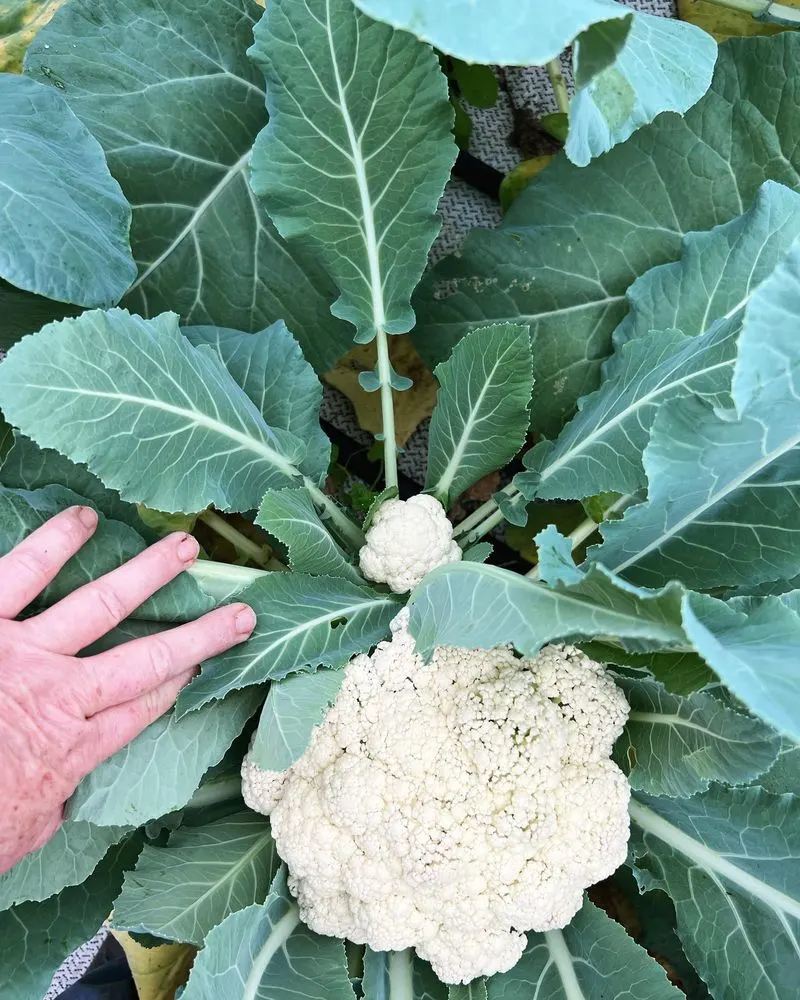
Cauliflower can be quite finicky, but partial shade offers the perfect balance for growth. The cooler temperatures prevent heads from turning bitter, ensuring a milder, sweeter taste. Shade-grown cauliflower has a more consistent texture, ideal for roasting or purees. This vegetable’s versatility in the kitchen makes it a favorite among home cooks. Whether riced, roasted, or raw, shaded cauliflower offers endless possibilities. For those looking to master cauliflower cultivation, introducing some shade can lead to a more successful harvest.
Leeks
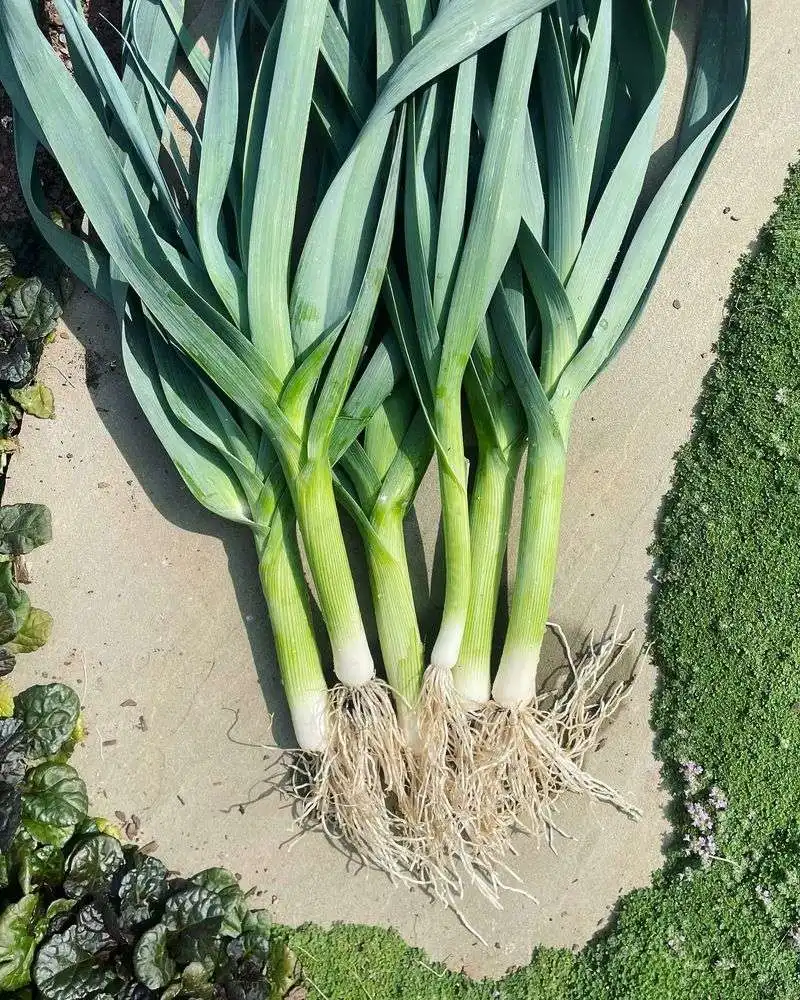
Leeks prefer to grow in cooler environments, making partial shade an excellent choice. The shade helps them develop a sweeter, milder taste and longer, more tender stalks. These characteristics are perfect for soups and stews, where the leek’s flavor can shine. Leeks grown in shade also tend to have fewer pest issues, making them a low-maintenance crop for gardeners. With their elegant appearance and rich flavor, shaded leeks add sophistication to any dish. They’re a top pick for those seeking to elevate their garden’s flavor palette.
Mustard Greens
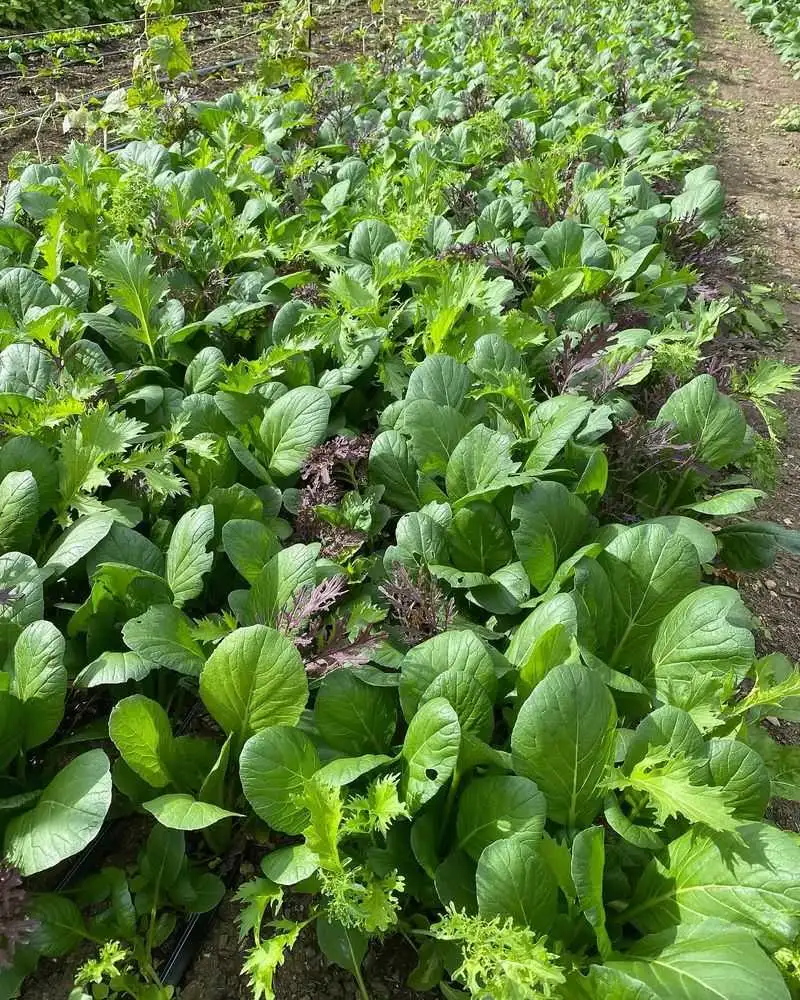
Mustard greens are known for their peppery zest, but a bit of shade mellows their bite, resulting in a more nuanced flavor. Partial shade helps maintain tender leaves, perfect for salads or stir-fries. The cooler environment can also deter pests, making mustard greens easier to maintain. Their rapid growth is an advantage for gardeners eager for a quick harvest. These greens add a burst of color and flavor to gardens and plates alike. For a spicy yet approachable addition to meals, try growing mustard greens in partial shade.

